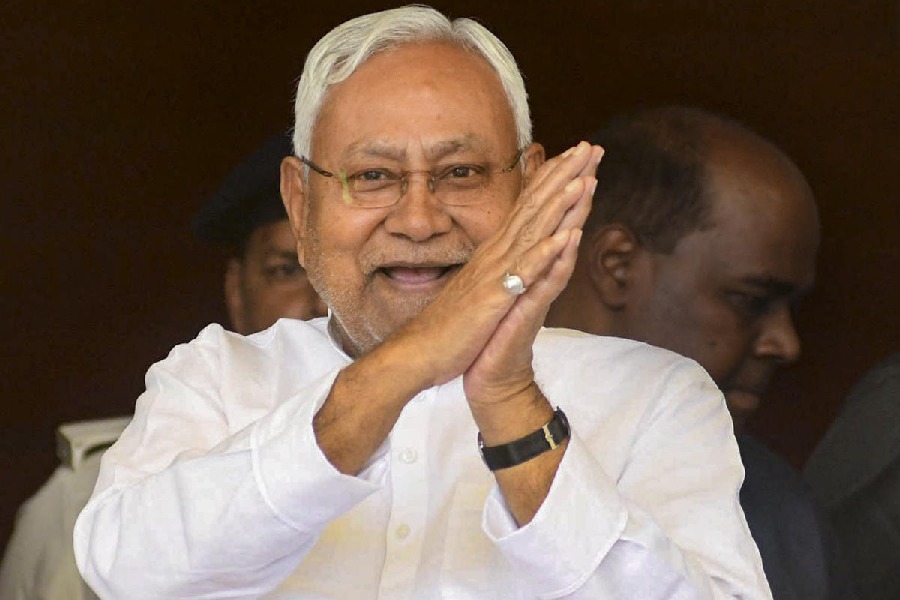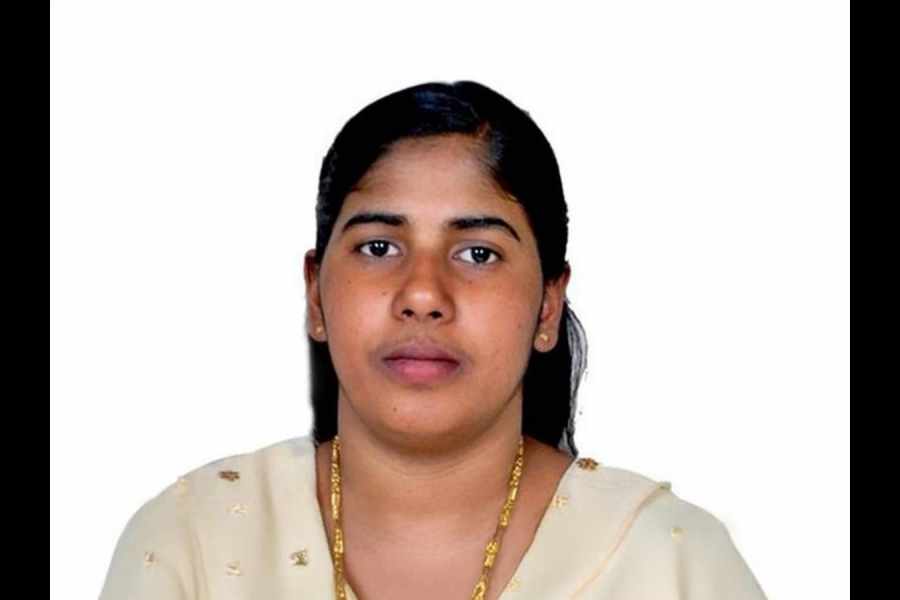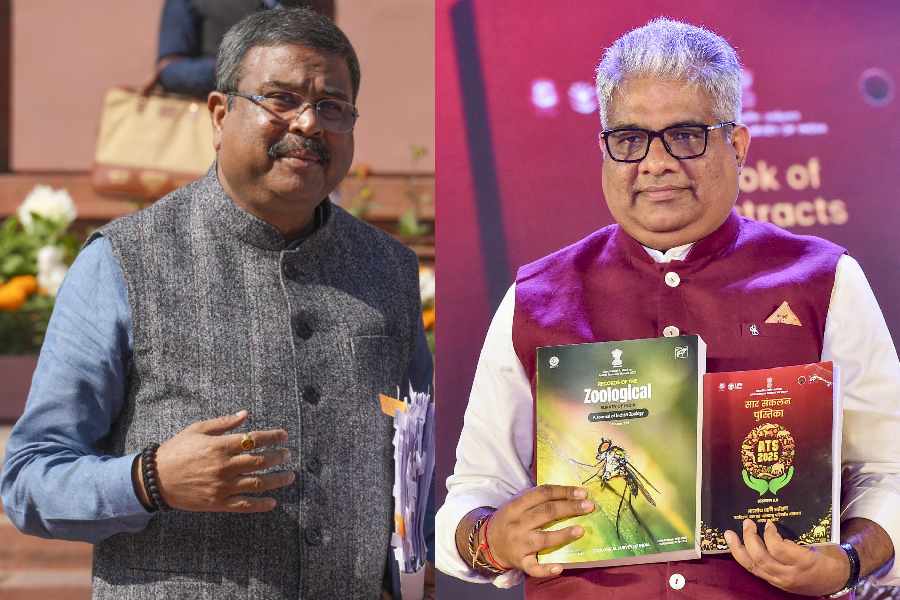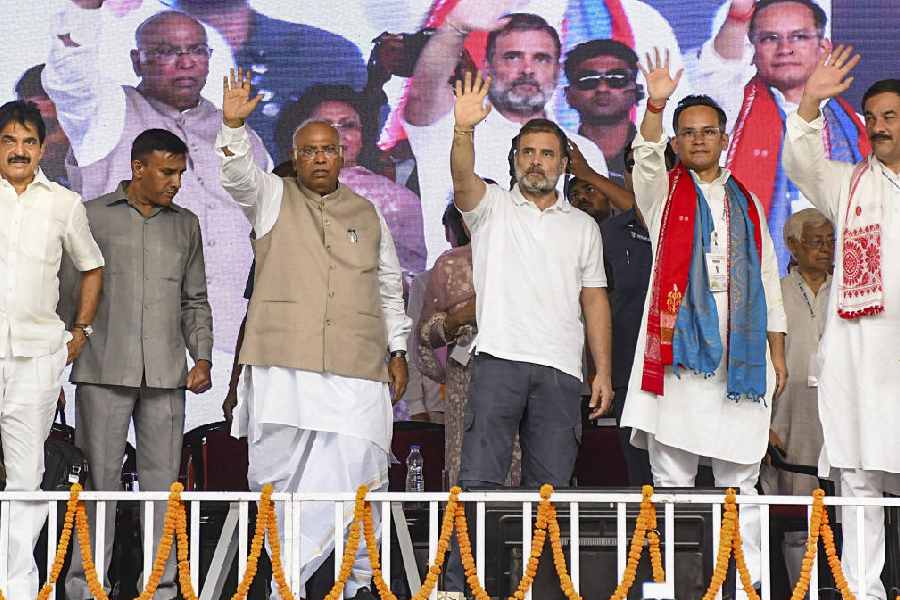Few things are as potent as spectacle. The president of India in an anti-gravity suit and helmet, sitting in the co-pilot’s seat in a Sukhoi-30 MKI fighter jet, is fairly spectacular, particularly because she is a woman. There was less effusion when the former president, A.P.J. Abdul Kalam, flew in a Sukhoi jet in 2006, and less frenzy in seizing upon symbolic dimensions of the flight. Certainly Pratibha Patil has made history in more ways than one, most obviously in being the first woman head of State to fly in a warplane. And it could not have been easy. It was a display of courage, spirit, trust in the men in uniform and enviable fitness. It was as if she was telling the world that the Indian armed forces had no reason to hide away their supreme commander — she could be out there with the best of them. She said she wanted to experience the efficiency of air force pilots, focus on the “spirit of sacrifice” of the armed forces and let them know that the country was with them. The symbolic import of that, so close to the first anniversary of 26/11, would no doubt have been valuable. The former president’s flight too would have been similarly symbolic. But the greater impact came from the unexpectedness of Ms Patil’s gesture — her image of traditional sobriety is a startling contrast to the figure in a combat pilot’s G-suit.
India loves its symbols, but is conveniently inconsistent about accepting the symbolism. To go by the symbolism of the image the president presented is also to accept that women would have no problems in fighter planes. Although the president — as befit her position — remained charmingly non-committal about the issue of women flying combat aircraft, she did say that she had no doubt of women’s capabilities. Naturally. Yet, the entry and progress of women in the Indian armed forces have not been easy, and certain episodes suggest that the work environment has not yet begun to alter adequately to accommodate women. Things are changing, but too slowly. There are certain areas of work still barred to women, not out of their choice, but through the policies of a paternalistic institution that decides what is best suited to women. Women have limited options in the forces.
The president in a Sukhoi may be an inspiring sight, but whom does it inspire? Maybe the armed forces, perhaps even elderly women with spirit and opportunity. It is easy to celebrate the actions of a woman in a ceremonial position — India is good at that. No culture in the modern world has so many powerful female deities, and few societies treat their women worse. A symbol can be enclosed in an iconic image of aspiration; it need not translate into an attempt to create gender-neutral policies of assessment in the armed forces or a welcoming environment for women. The president may have created history, but it may be long before India experiences its impact.










